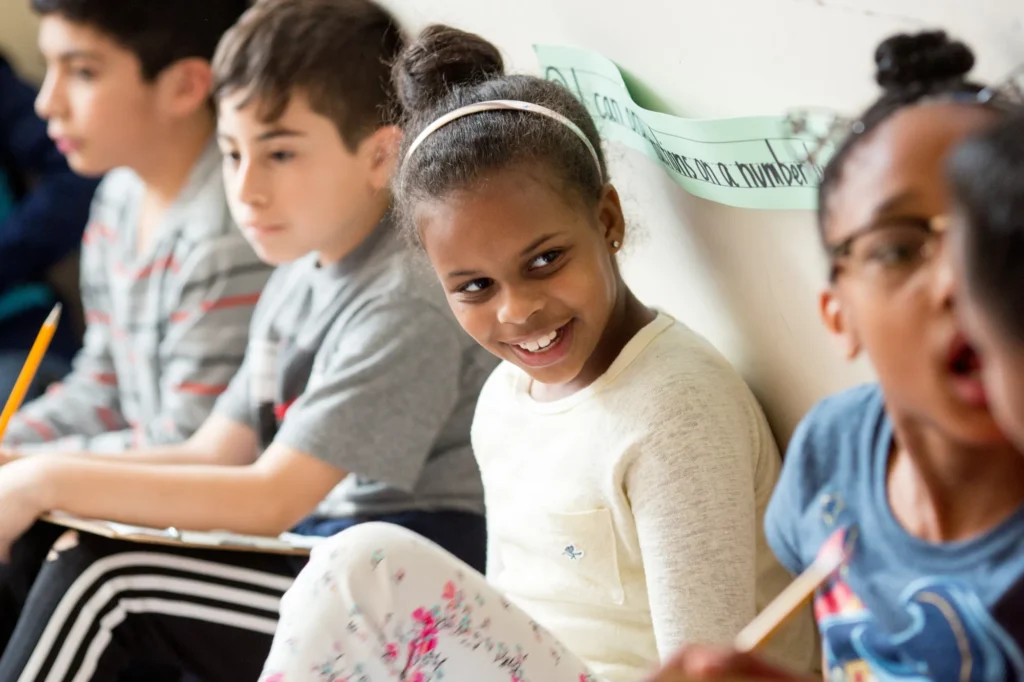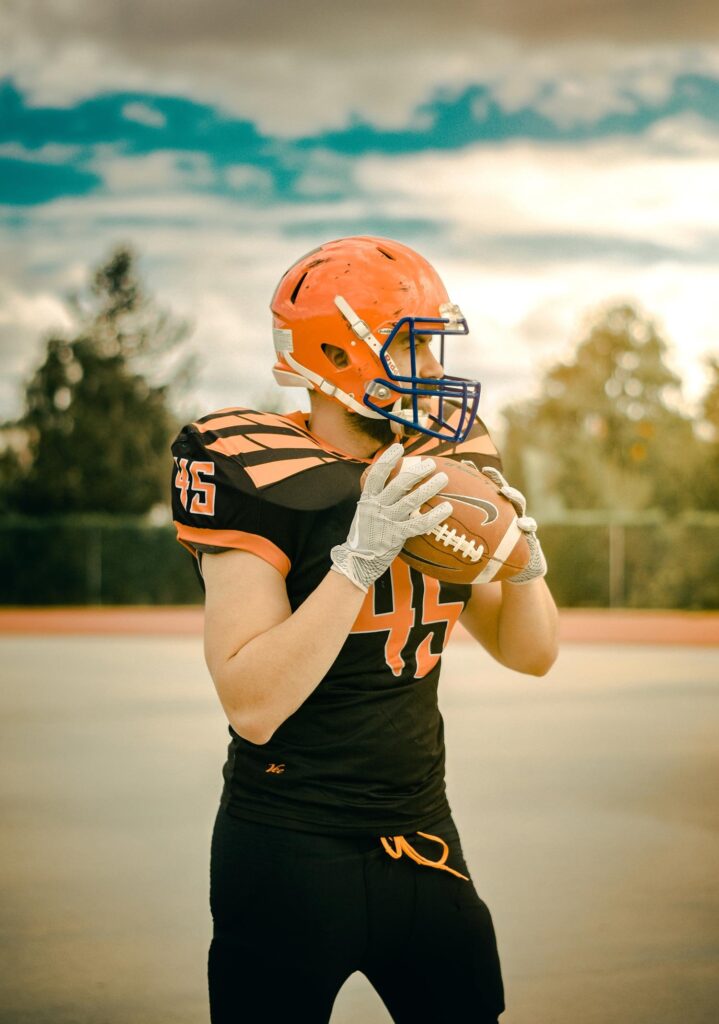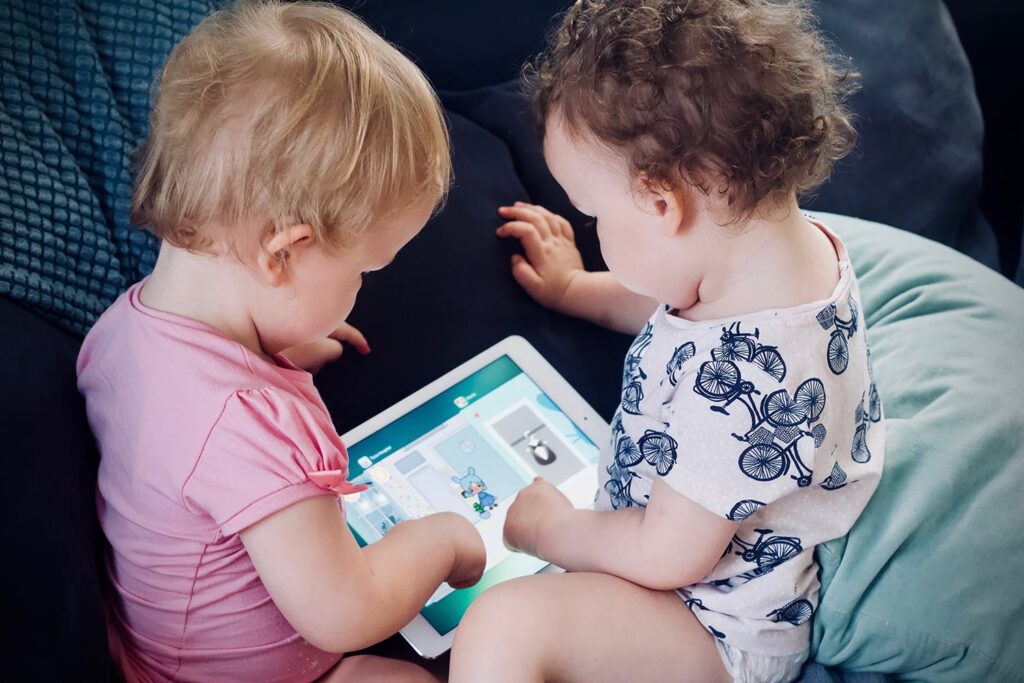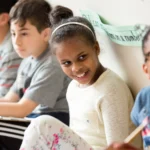Big Ideas for Better Schools: Ten Ways to Improve Education
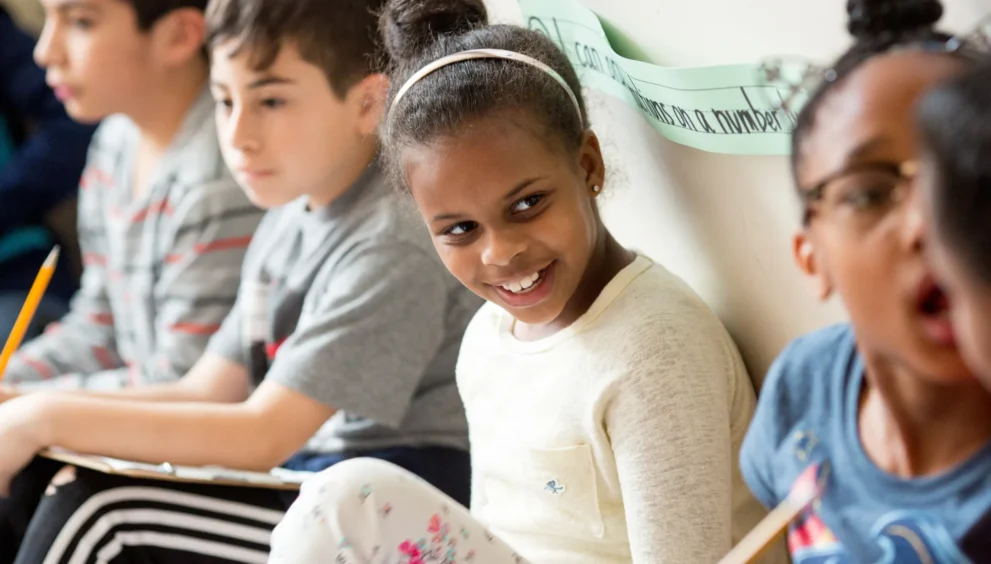
Fourteen years ago, the George Lucas Educational Foundation was created to celebrate and encourage innovation in schools. Since then we have discovered many creative educators, business leaders, parents, and others who were making positive changes not only from the top down but also from the bottom up. Since that time, we have been telling their stories through our Web site, our documentary films, and Edutopia magazine.
Along the way, we listened and learned. Nothing is simple when strengthening and invigorating such a vast and complex institution as our educational system, but common ideas for improvement emerged. We’ve distilled those into this ten-point credo.
In the coming year, we will publish a series of essays that further explores each aspect of this agenda, with the hope that those on the frontlines of education can make them a part of their schools.
Students
1. Engage: Project-Based Learning
Students go beyond the textbook to study complex topics based on real-world issues, such as the water quality in their communities or the history of their town, analyzing information from multiple sources, including the Internet and interviews with experts. Project-based classwork is more demanding than traditional book-based instruction, where students may just memorize facts from a single source. Instead, students utilize original documents and data, mastering principles covered in traditional courses but learning them in more meaningful ways. Projects can last weeks; multiple projects can cover entire courses. Student work is presented to audiences beyond the teacher, including parents and community groups.
Reality Check: At the Clear View Charter School, in Chula Vista, California, fourth- and fifth-grade students collected insect specimens, studied them under an electron microscope via a fiber-optic link to a nearby university, used Internet resources for their reports, and discussed their findings with university entomologists.
2. Connect: Integrated Studies
Studies should enable students to reach across traditional disciplines and explore their relationships, like James Burke described in his book Connections. History, literature, and art can be interwoven and studied together. Integrated studies enable subjects to be investigated using many forms of knowledge and expression, as literacy skills are expanded beyond the traditional focus on words and numbers to include graphics, color, music, and motion.
Reality Check: Through a national project called Nature Mapping, fourth-grade students in rural Washington learn reading, writing, mathematics, science, and technology use while searching for rare lizards.
3. Share: Cooperative Learning
Working together on project teams and guided by trained teachers, students learn the skills of collaborating, managing emotions, and resolving conflicts in groups. Each member of the team is responsible for learning the subject matter as well as helping teammates to learn. Cooperative learning develops social and emotional skills, providing a valuable foundation for their lives as workers, family members, and citizens.
Reality Check: In Eeva Reeder’s tenth-grade geometry class at Mountlake Terrace High School, near Seattle, student teams design “schools of the future” while mentoring with local architects. They manage deadlines and resolve differences to produce models, budgets, and reports far beyond what an individual student could accomplish.
4. Expand: Comprehensive Assessment
Assessment should be expanded beyond simple test scores to instead provide a detailed, continuous profile of student strengths and weaknesses. Teachers, parents, and individual students can closely monitor academic progress and use the assessment to focus on areas that need improvement. Tests should be an opportunity for students to learn from their mistakes, retake the test, and improve their scores.
Reality Check: At the Key Learning Community, in Indianapolis, teachers employ written rubrics to assess students’ strengths and weaknesses using categories based on Howard Gardner’s concept of multiple intelligences, including spatial, musical, and interpersonal skills.
Teachers
5. Coach: Intellectual and Emotional Guide
The most important role for teachers is to coach and guide students through the learning process, giving special attention to nurturing a student’s interests and self-confidence. As technology provides more curricula, teachers can spend less time lecturing entire classes and more time mentoring students as individuals and tutoring them in areas in which they need help or seek additional challenges.
Reality Check: Brooklyn fifth-grade teacher Sarah Button uses exercises and simulations from the Resolving Conflict Creatively Program with her students, helping them learn empathy, cooperation, positive expression of feelings, and appreciation of diversity.
6. Learn: Teaching as Apprenticeship
Preparation for a teaching career should follow the model of apprenticeships, in which novices learn from experienced masters. Student teachers should spend less time in lecture halls learning educational theory and more time in classrooms, working directly with students and master teachers. Teaching skills should be continually sharpened, with time to take courses, attend conferences, and share lessons and tips with other teachers, online and in person.
Reality Check: Online communities such as Middle Web, the Teacher Leaders Network, and the Teachers Network bring novice and expert educators together in a Web-based professional community. The online mentorship gives novice teachers access to accomplished practitioners eager to strengthen the profession at its roots.
Schools
7. Adopt: Technology
The intelligent use of technology can transform and improve almost every aspect of school, modernizing the nature of curriculum, student assignments, parental connections, and administration. Online curricula now include lesson plans, simulations, and demonstrations for classroom use and review. With online connections, students can share their work and communicate more productively and creatively. Teachers can maintain records and assessments using software tools and stay in close touch with students and families via email and voicemail. Schools can reduce administrative costs by using technology tools, as other fields have done, and provide more funds for the classroom.
Reality Check: Students in Geoff Ruth’s high school chemistry class at Leadership High School, in San Francisco, have abandoned their textbooks. Instead, they plan, research, and implement their experiments using material gathered online from reliable chemistry resources.
8. Reorganize: Resources
Resources of time, money, and facilities must be restructured. The school day should allow for more in-depth project work beyond the 45-minute period, including block scheduling of classes two hours or longer. Schools should not close for a three-month summer vacation, but should remain open for student activities, teacher development, and community use. Through the practice of looping, elementary school teachers stay with a class for two or more years, deepening their relationships with students. More money in school districts should be directed to the classroom rather than the bureaucracy.
New school construction and renovation should emphasize school design that supports students and teachers collaborating in teams, with pervasive access to technology. Schools can be redesigned to also serve as community centers that provide health and social services for families, as well as counseling and parenting classes.
Reality Check: The school year at the Alice Carlson Applied Learning Center, in Fort Worth, Texas, consists of four blocks of about nine weeks each. Intersession workshops allow its K-5 students time for hands-on arts, science, and computer projects or sports in addition to language arts and math enrichment.
Communities
9. Involve: Parents
When schoolwork involves parents, students learn more. Parents and other caregivers are a child’s first teachers and can instill values that encourage school learning. Schools should build strong alliances with parents and welcome their active participation in the classroom. Educators should inform parents of the school’s educational goals, the importance of high expectations for each child, and ways of assisting with homework and classroom lessons.
Reality Check: In the Sacramento Unified School District, teachers make home visits to students’ families. Teachers gain a better understanding of their students’ home environment, and parents see that teachers are committed to forging closer home-school bonds. If English is not spoken in the home, translators accompany the teachers.
10. Include: Community Partners
Partnerships with a wide range of community organizations, including business, higher education, museums, and government agencies, provide critically needed materials, technology, and experiences for students and teachers. These groups expose students and teachers to the world of work through school-to-career programs and internships. Schools should enlist professionals to act as instructors and mentors for students.
Reality Check: At the Minnesota Business Academy, in St. Paul, businesses ranging from a newspaper to a stock brokerage to an engineering firm provide internships for three to four hours per day, twice each week. BestPrep, a philanthropic state business group, spearheaded an effort that renovated an old science building for school use.

 English
English 